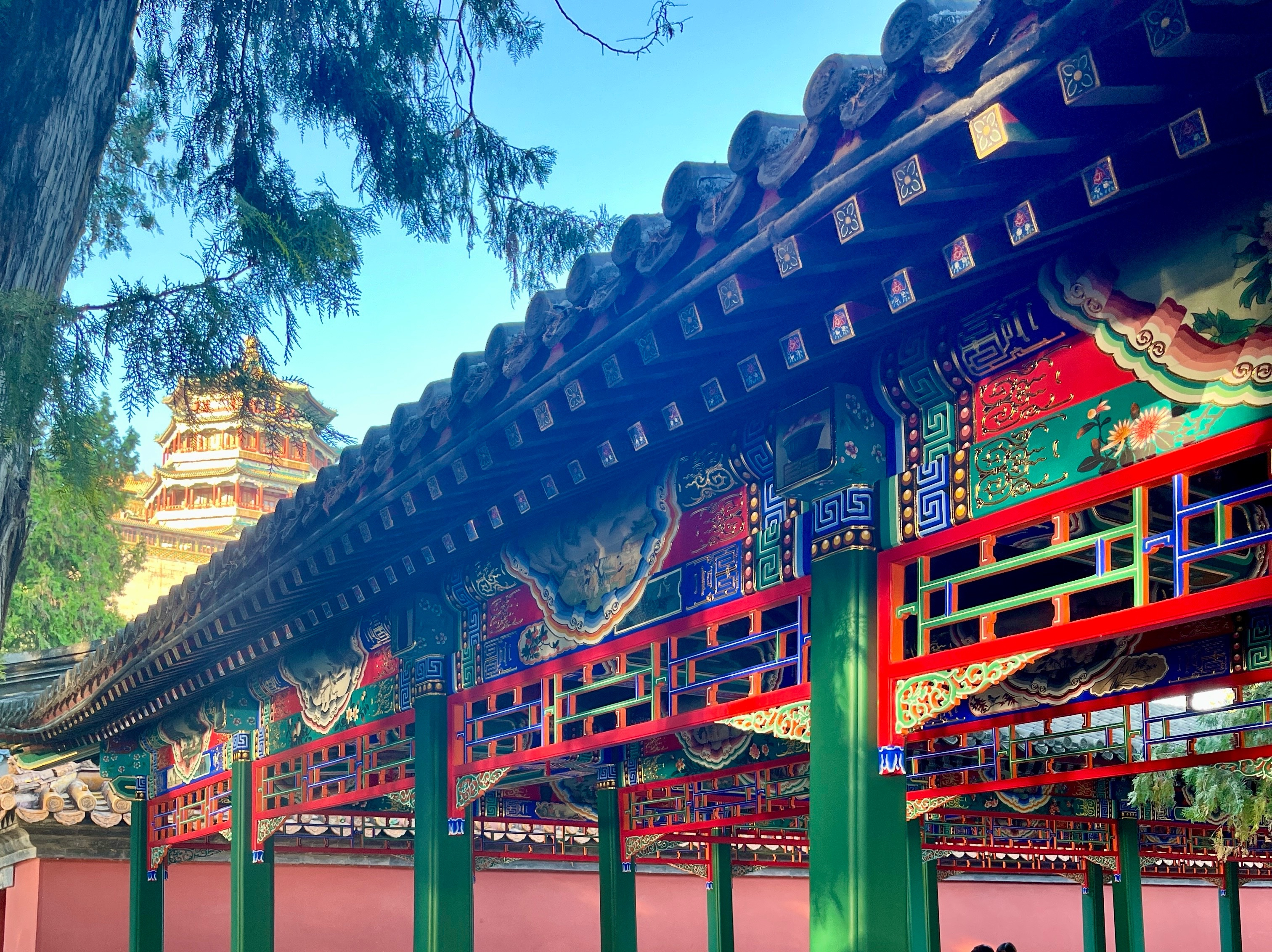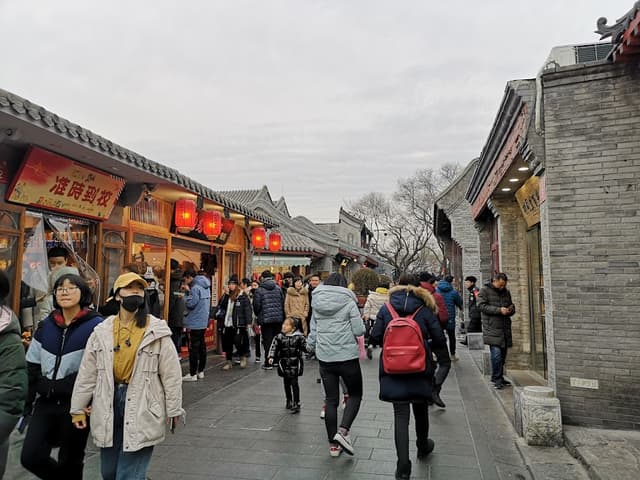
Dear All,
We continued our trip in the capital of China - Beijing.
History
Its name, 北京 (Běijīng), means “Northern Capital,” chosen to distinguish it from Nanjing, or “Southern Capital.” Once the capital of the Yan state during the Warring States Period, it became an imperial hub under the Jin (1115–1234) and Yuan (1271–1368) dynasties. The Ming dynasty (1368–1644) established it as China’s enduring capital, constructing landmarks like the Forbidden City and the Great Wall. After a brief decline, it regained its status when the People’s Republic of China was founded in 1949.
How to get here
If you arriving from abroad or further parts of China, there are 2 airports to choose.
Also there is a great train connection of fast trains from multiple Chinese cities. We took a high-speed train from Suzhou.
Where to stay
The best location would be close to Forbidden city. We stayed in the traditional 5* hotel - but it was not worth its money for the value.
Must-visit places
Forbidden city

Tiananmen Square and Rostrum

Tiananmen Square, in central Beijing, is one of the world’s largest public squares and a symbol of China’s history and culture. Built in 1651, it was expanded under the People’s Republic of China. The square is home to significant landmarks, including the Monument to the People’s Heroes and Mao Zedong’s Mausoleum. Known for its role in major events, it’s where the founding of the People’s Republic was declared in 1949 and where the 1989 pro-democracy protests took place, making it both a place of national pride and somber remembrance.
Sommer palace

Temple of heaven

Lama temple

Hutons

Other must-do activities
Beijing Opera
Calligraphy
Where to eat
1-day trip from Beijing
Mitianyu Great Wall of China

No way we would miss Great Wall of China 🇨🇳. Also we wanted to see the Wall without tourists and we managed it.
The secret is easy - we just arrived directly to the opening hours (7:30 am, October), on the working day. There were only us and one French family.
History
The Great Wall of China began as separate walls built for defense and were later connected. Later dynasties, especially the Ming, expanded and fortified the Wall to protect against northern invasions. It spans for 22k kilometres.
The Mutianyu section of the Great Wall was first built during the Northern Qi Dynasty (550–577 CE). It was later reconstructed and fortified during the Ming Dynasty (1368–1644 CE), particularly in 1569, to strengthen defense against Mongol invasions.
How to get here
We took Didi to get here (it was around 20-30 Euro one way from Beijing city centre.
Of course there are cheaper versions as getting shuttle or bus. However, you will then arrive with multiple tourists.
How to choose the section to go
These are several sections of the Great Wall of China, each with unique features. Choosing which one to visit depends on the time you have and your preferences. Here’s our shortlist of sections we’ve been considering from Beijing:
1. Badaling: 1–1.5 hours by car/train; most tourist-friendly and restored. The easiest to get, but the most crowded.
2. Mutianyu: 1.5–2 hours by car; scenic with watchtowers and funny time. We chose this section as it is less touristic compared to Badaling and still easy to reach. Also it has cable car and toboggan run.
3. Jinshanling: 2–3 hours by car; quieter, more steep, Great for hiking. If you want to visit wilder section - this one would be perfect as it is less reconstructed.
4. Simatai: 2–3 hours by car; steep, authentic, night tours available. The most expensive.
5. Shanhaiguan: 3–3.5 hours by train and then 1 hour by car - where the wall meets the sea.
All these sections are mainly reconstructed and adapted for tourists. We have not considered completely wild sections.
The home for unique & authentic travel